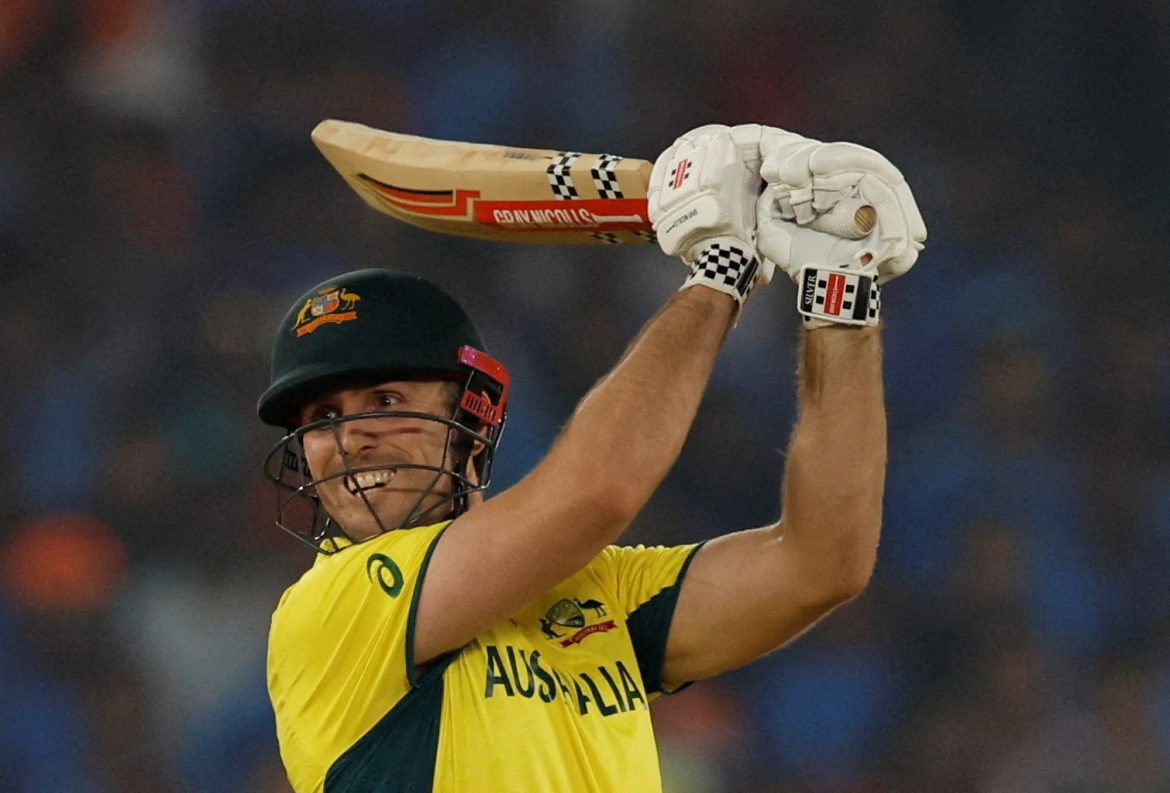When rumours surfaced early in 2020 that a Saudi Arabian organisation was keen to buy Newcastle United of the English Premier League, it was probably the first time that many fans had heard of the Public Investment Fund.
Since then PIF has become synonymous with the country’s lavish spending on sport, which includes establishing the LIV Golf series, acquiring a stake in the Aston Martin F1 team and taking control of Saudi Pro League club Al Nassr for which Cristiano Ronaldo plays.
Yet few are likely to know that PIF was established in 1971 to provide financial support for projects of strategic significance to the national economy.
For decades it was neither invested in sport, nor especially efficient in fulfilling its overall mission. However, in 2014 things began to change.
- Saudi ‘golden ball’ rule cues up snooker controversy
- Saudi’s PIF ‘in talks’ to invest in British rugby
- Saudi Arabia nears deal to create new cycling league
To begin with, Saudi Arabia’s council of ministers granted PIF the authority to fund new companies inside and outside the kingdom. Then in March 2015, oversight of PIF was moved from the Ministry of Finance to the Council of Economic and Development Affairs.
The latter was especially important as PIF is now tasked with leading the country to its Vision 2030. This has seen it invest in Uber, Tesla, Disney, Boeing, and numerous other properties, which was given impetus by the appointment in 2015 of Yasir Al-Rumayyan as PIF’s managing director.
Nowadays he is the fund’s governor and is doubling down on its commitment to spending on sport. This resulted last year in the creation of SRJ Sports, a specialist division within PIF.
SRJ’s specific remit is twofold: to make strategic investments in rights holders and to acquire and create intellectual property.
This development raises questions about what happens next. There were some clues in a recent interview in which Danny Townsend, SRJ’s new CEO, told AGBI that his team are assessing significant global sports that may currently be commercially or financially underperforming.
Specifically, Townsend emphasised that it was looking at “sports that have mass participation numbers, rich histories, and serve big economies that have got potential growth in them”.
He went on to stress that SRJ is open to opportunities involving “product reorganisation, changes to governance, provision of capital, or the need for our expertise”.
Townsend was not specific, but pointed enough, especially given recent rumours about Saudi interest in basketball, cricket, cycling, e-sports, motor racing, tennis, and more.
Cricket is now an Olympic sport and certainly offers the volume and growth opportunities that PIF is targeting
Shortly after PIF made its first attempt in 2020 to buy Newcastle United it bought a 2 percent stake in Jio, India’s biggest telecommunication company, owned by Reliance.
The multinational conglomerate Reliance was established by the Ambani family and owns the Mumbai Indian Premier League (IPL) cricket team, among other things.
In May 2023, JioCinema broke the world record for the most concurrent views of a live-streamed event for an IPL match between Chennai Super Kings and Gujarat Titans, with 32 million viewers and 482 million cumulative views over the season.
Cricket is now an Olympic sport and the US (the world’s biggest and most mature sport economy) will co-host this year’s T20 World Cup with the West Indies. So the sport certainly offers the volume and growth opportunities that PIF is targeting.
Rugby union has previously followed a similar trajectory to cricket, moving from British colonial pastime to global sport with a slot on the Olympics roster.
Rugby is growing in global popularity and has attracted private equity investment from organisations including CVC Capital Partners.
These are reasons enough to justify reported Saudi interest in the sport, though Dubai’s successes in seizing the opportunities presented by the seven-player rugby union format means that it can claim some strategic advantages over its bigger neighbour. This is something officials in Riyadh may be keen on countering.
 Reuters/Satish Kumar
Reuters/Satish KumarThe same goes for motorsports.
For years, Bahrain (from 2004) and Abu Dhabi (from 2009) were the only two Gulf nations with the legal right to stage Formula One races. It was not until 2021 that Saudi Arabia got its own race, albeit on a street circuit in Jeddah.
In 2025, the race will switch to a circuit inside Qiddiya (another PIF-owned asset) which is currently being built 40 minutes outside Riyadh. A venue self-styled as the “world’s biggest sport and entertainment city”, Knight Frank values the scheme at $10 billion, so PIF will be keen to maximise the returns on this investment.
One possibility could be that we see incentives being offered to racing teams, businesses in the motorsport supply-chain and R&D projects in an attempt to incubate industrial clustering effects.
Though PIF has recently invested in the Electric 360 partnership of Formula E, Extreme E and E1 powerboat racing, thus consistent with the energy transition that Saudi Arabia claims to lead, the country is not finished with fossil fuel sports yet.
Could it be that we see the Aston Martin F1 team relocating to Qiddiya, perhaps with E360 as its next door neighbour?
Even without F1, over the next decade Qiddiya will become a busy place. Inside it, there will be an e-sports and gaming zone. The destination will hold up to 73,000 people. Even before its completion, in July this year a Saudi-backed e-sports World Cup will be staged in Riyadh and will become an annual event.
This is one response to the opportunities presented by a fast-growing industry, whose total value is predicted to leap from US$1.5 billion now to $7 billion by 2030.
This pivot eastwards should be no surprise – just over half of the estimated 3 billion gamers worldwide are in the Asia Pacific region
PIF recently increased its stake in Japan’s Nintendo to 8 percent, while it has also taken a $265m investment in VSPO, a Chinese e-sport business.
This pivot eastwards should be no surprise. After all, just over half of the estimated 3 billion gamers worldwide are in the Asia Pacific region. It therefore seems likely that SRJ will be spending more on hardware, software, events and properties with origins and or focus there.
The great intangible in terms of what PIF and SRJ do next is the US.
The US is still the biggest domestic sport economy in the world, accounting for almost 40 percent of the global industry. And the market volume and commercial returns that PIF seeks, allied to the US track record of innovation and creativity, strongly imply that an investment in basketball or American football is an attractive proposition.
Many of the world’s most valuable sports franchises originate in the US and the sport industry there has spawned all manner of sectors and products.
But as the travails of LIV Golf illustrate, an extensive Saudi presence in the heartlands of US sport may be sociopolitically unpalatable. Whether we see investments being made in NBA or NFL franchises therefore remains a moot point.
Yet as we wait, there is to be at least one certainty: Saudi Arabian spending on sport is not finished yet. It is more a case of where the next moves will be made.
Simon Chadwick is professor of sport and geopolitical economy at Skema Business School in France
